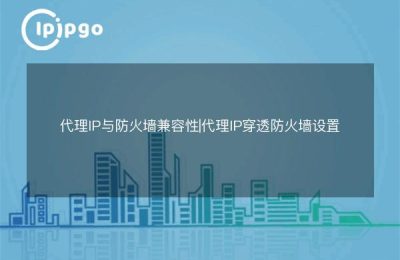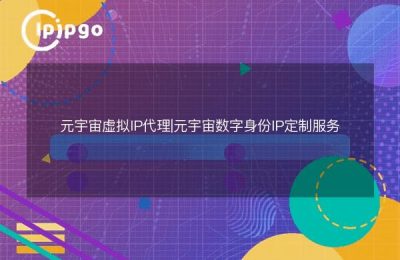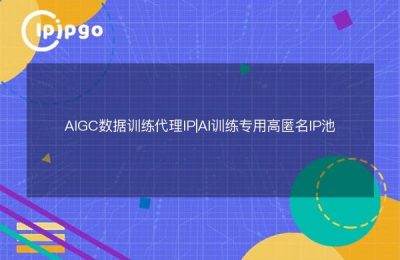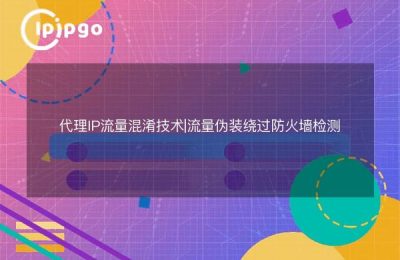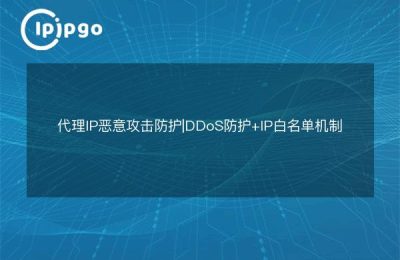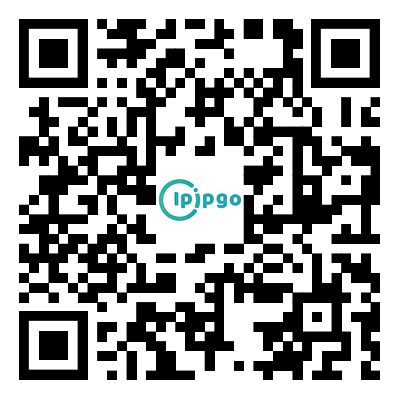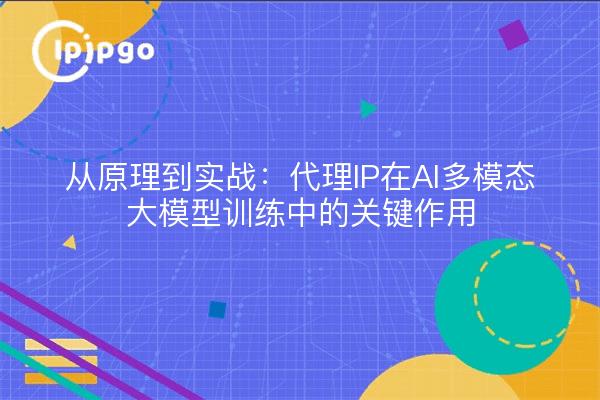
Chemistry of Agent IP and AI Multimodal Training
When training AI multimodal models, engineers often encounter this dilemma: when the model needs to learn graphic data features from different regions, frequent access to a single IP address will trigger the anti-climbing mechanism, resulting in the interruption of critical data flow. At this time, the proxy IP is like a "digital doppelganger" for model training. With the real residential IPs provided by ipipgo in more than 240 countries around the world, each data request can be carried out as a user in a different region, which not only guarantees the integrity of data collection, but also avoids the interruption of the training process due to IP blocking.
Three core challenges to crack in the real world
Difficulty 1: Incomplete access to data on geographical characteristics
When the training needs to recognize the design style of advertisement posters in different regions around the world, use ipipgo's static residential IP fixed simulation of users in the target region to continuously obtain visual data from local social media platforms. For example, to analyze Southeast Asian regional preferences, long-term available IPs from Indonesia and Vietnam can be targeted.
Difficulty 2: Real-time data update breaks
Dynamic residential IP pool shows advantages in crawling short video content. With ipipgo's 90 million+ IP resources, it automatically switches to different home network environments for each request, perfectly simulating the browsing behavior of real users, and raising the success rate of collecting TikTok popular videos to 98% for 12 consecutive hours.
Difficulty 3: Broken multimodal data associations
When dealing with cross-border e-commerce product data with graphic+voice, the IP rotation strategy of ipipgo is adopted: the US IP is used to capture product description graphs, the UK IP to obtain voice review data, and the Japanese IP to collect user review videos, to maintain consistency of geographical features and ensure that the model accurately learns the impact of cultural differences on multimodal expressions.
Operation Manual: Five Steps to Build a Training Pipeline
| move | Operating Points | ipipgo configuration recommendations |
|---|---|---|
| Data source localization | Determine the counter-crawl strategy for your target platform | Emulation using residential IP + browser fingerprinting |
| Agent Deployment | Setting the request interval and concurrency | Dynamic IP Pool + Smart Switching Rules |
| Geographical distribution | Acquisition area by data characteristics | National/city-level IP pinpointing |
| Exception handling | Setting up the automatic retry mechanism | Real-time IP health monitoring system |
| Data Cleaning | Filtering invalid/duplicate content | Metadata tagging based on IP affiliation |
A guide to avoiding the pit: common misconceptions of newcomers
Many teams will over-pursuing the number of IPs and neglecting the quality at the initial stage, which can easily lead to two problems: one is that low-quality IPs produce dirty data that affects model training, and the other is that the frequent change of service providers causes interface confusion. It is recommended that when creating a project on the ipipgo platform:
- prioritizeResidential IP + Authentication Code Hackproduct or service package (e.g. for a cell phone subscription)
- set upIP survival time thresholdAutomatic rejection of failed nodes
- openstraffic equalization modelAvoiding IP overload in a single region
Technical QA Direct
Q: What if my IP is blocked in the middle of training?
A: Enable the emergency mode of ipipgo immediately, the system will automatically switch to the untagged IP segment and clean up the browser environment fingerprints synchronously.
Q: How to deal with CAPTCHA affecting collection efficiency?
A: It is recommended to cooperate with the use of ipipgo's intelligent verification system, which automatically recognizes common CAPTCHA types through machine learning, and combines with the manual coding pool to achieve a breakthrough success rate of 99.2%.
Q: How to choose between Dynamic IP and Static IP?
A: Static IP is used for image capture to maintain session continuity, dynamic IP is used for text capture to increase concurrency, and hybrid mode is recommended for video downloads - ipipgo supports seamless switching between the two IP types.
Through the rational use of proxy IP technology, we helped a head AI company to improve the training efficiency of its multimodal model by 3X and reduce the cost of data acquisition by 67%. ipipgo provides a free trial service, and suggests starting with a small-scale acquisition test in 5 countries to gradually verify the optimal proxy solution in different scenarios.

